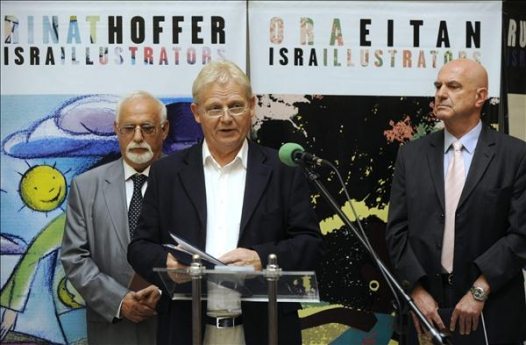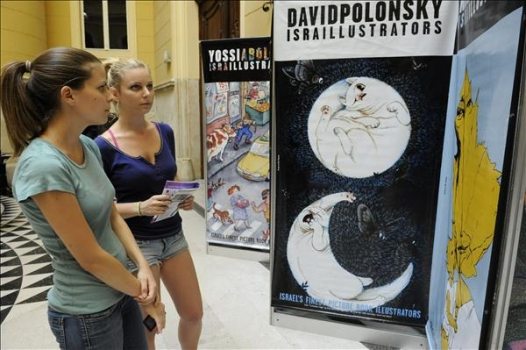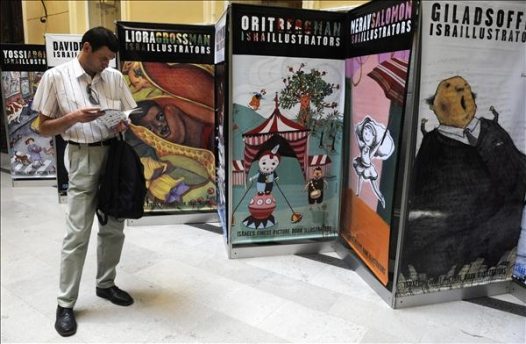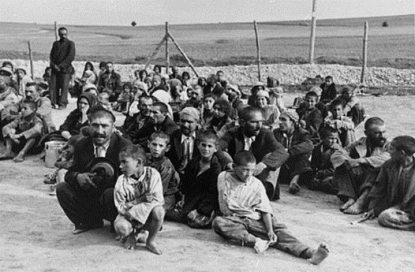?Even as adults, people fondly remember children?s book illustrations, and the manuscripts and ceremonial objects show the way to a world still unfamiliar to many,? said Budapest Mayor István Tarlós at the opening.
The mayor noted the contributions of Hungarian Jewish writers and scientists such as Miklós Radnóti, Antal Szerb, Frigyes Karinthy, István Örkény and Gábor Dénes.
He recalled how the second half of the 19th century had been a golden age for Hungarian Jews, who took leading roles in the country?s industrial, trade and service sectors. But these people were seen as phantoms, and prejudices were tailored to this image. What started with the system of numerus clausus ended with the Holocaust, he added.
Tarlós said the exhibition would support a better understanding of Jewish history.
Israeli ambassador to Hungary Ilan Mor said the exhibition shows one of the world?s oldest languages, Hebrew, which was transformed from a language of religion to a popular language continuously changing to meet challenges.
?The ancient language from the motherland was transformed into a modern, living language that played a significant role within the Zionist movement in creating a new national and cultural identity for modern Israel,? he said.
Mor said the works on display at the exhibition reflect not just a linguistic and cultural revolution, but the creation of a family, a community, a melting pot.
The exhibition is part of the 15th Jewish Summer Festival which runs from August 26 until September 4.
Source: Hungarian News Agency (MTI) / Photo: MTI




